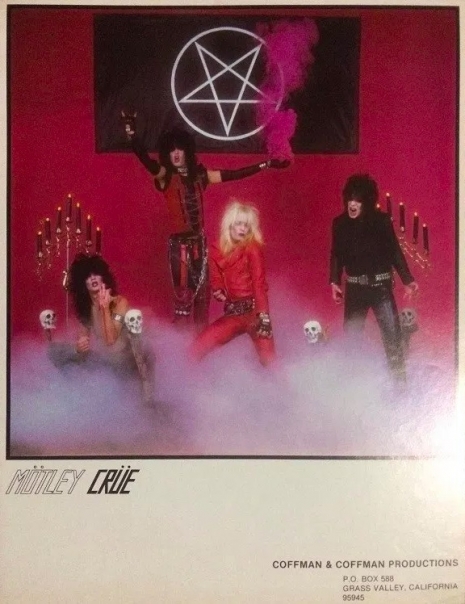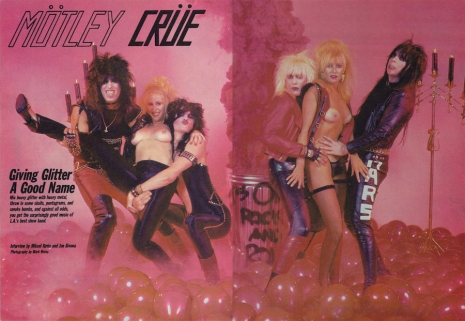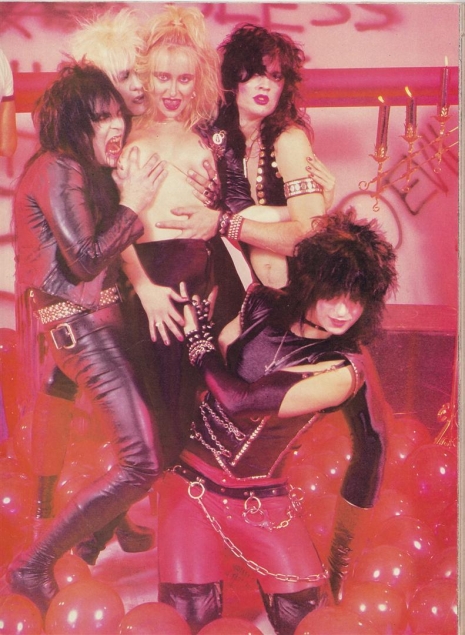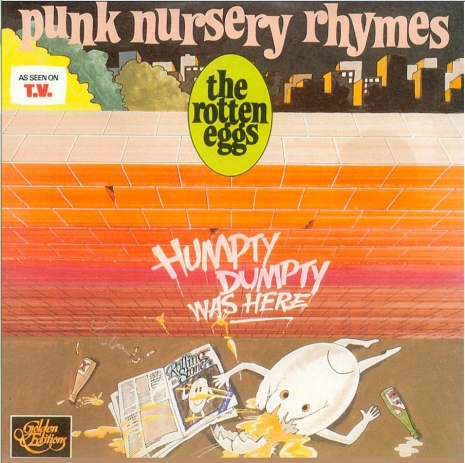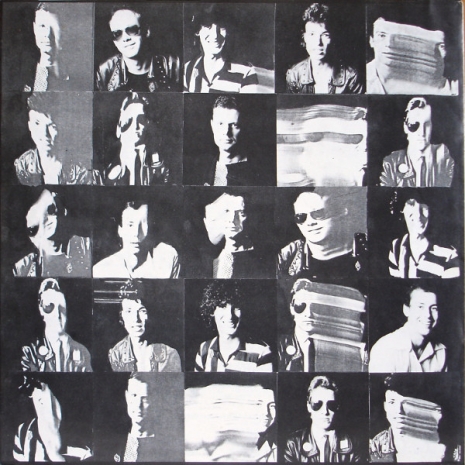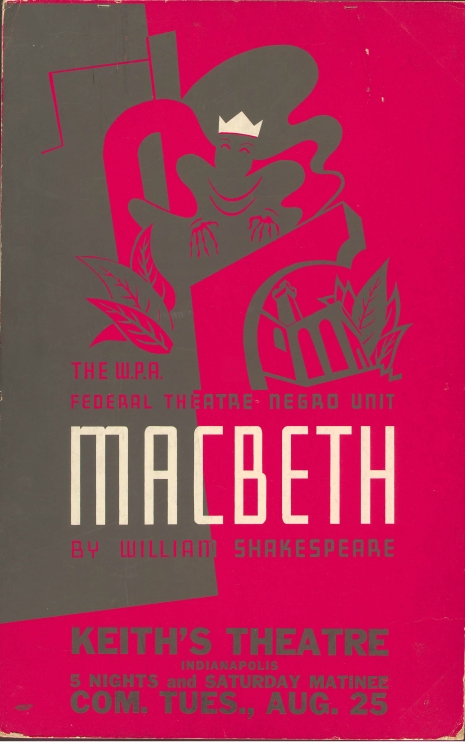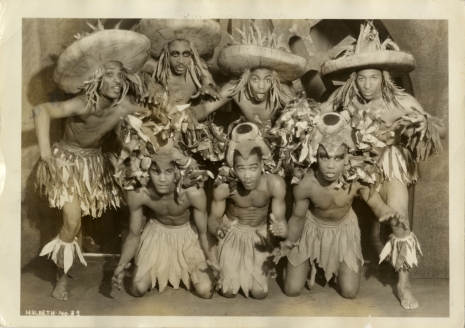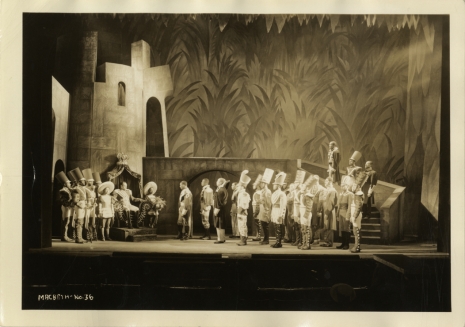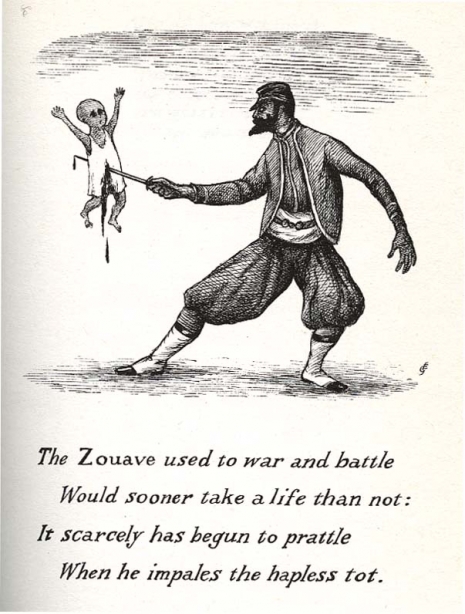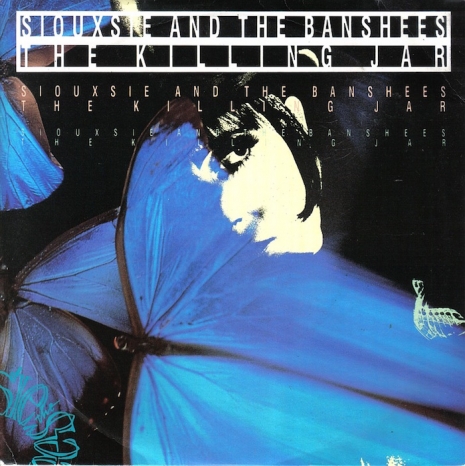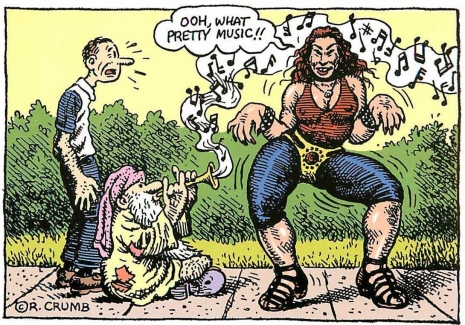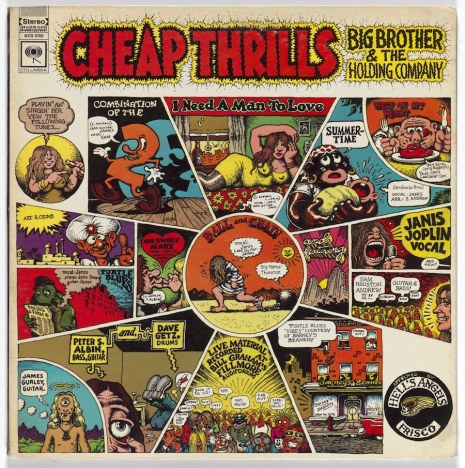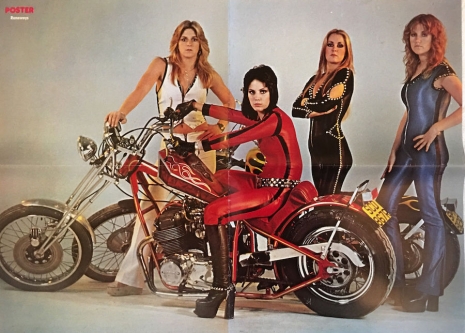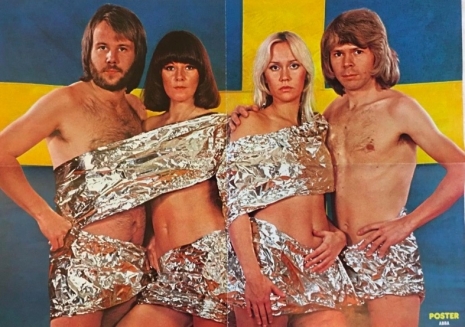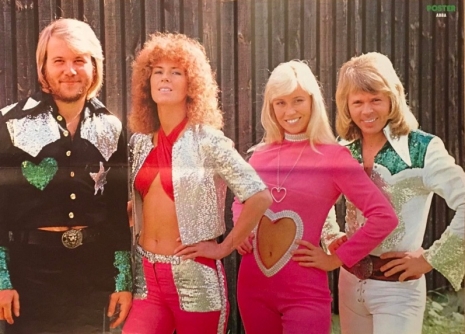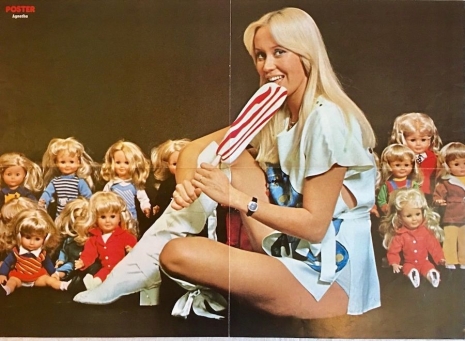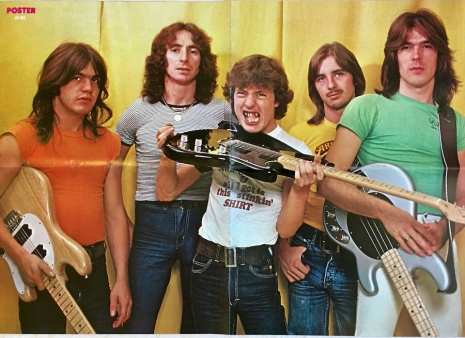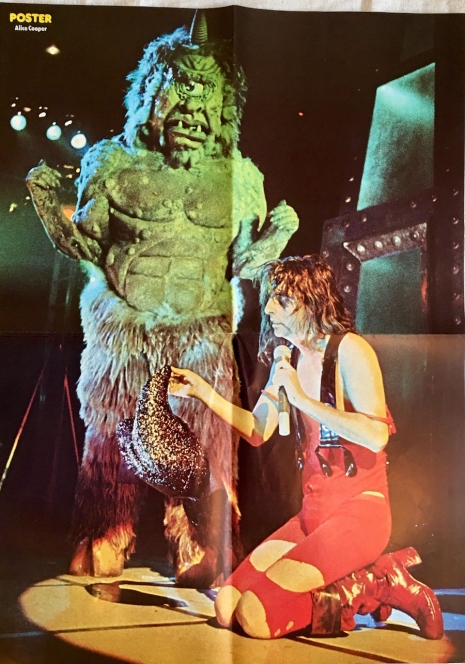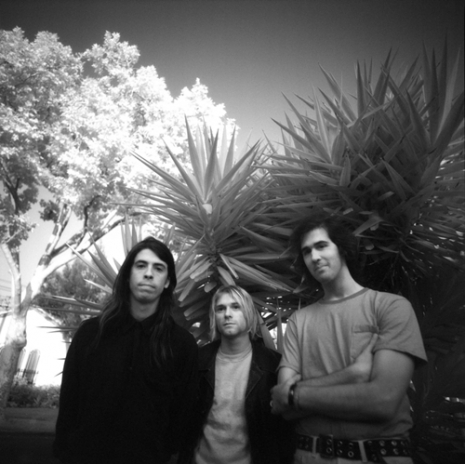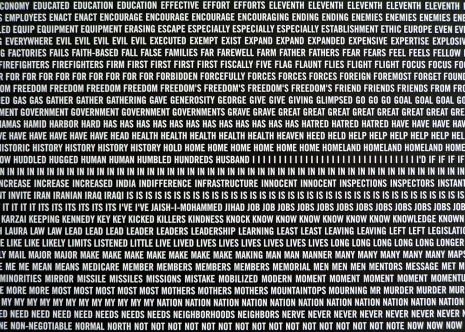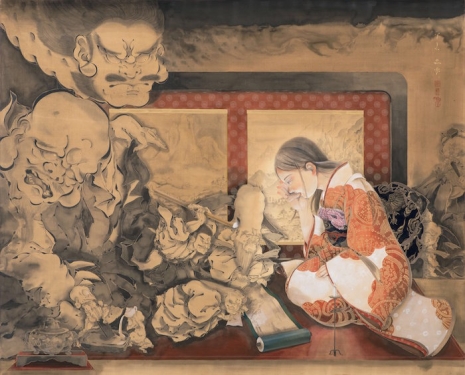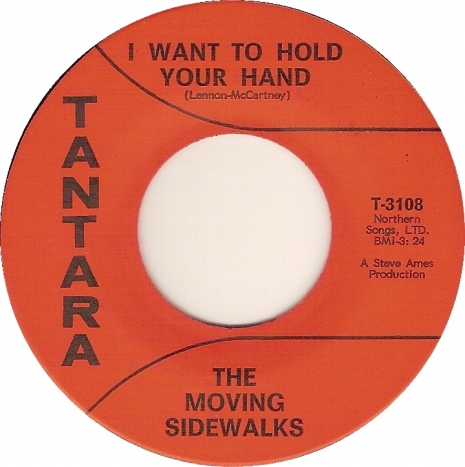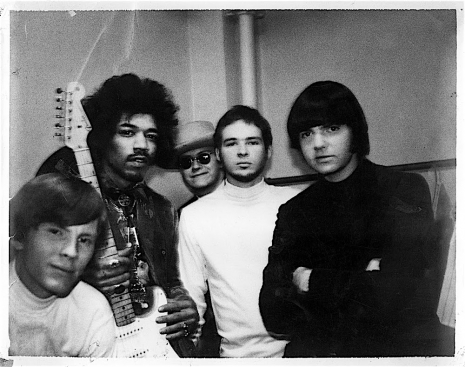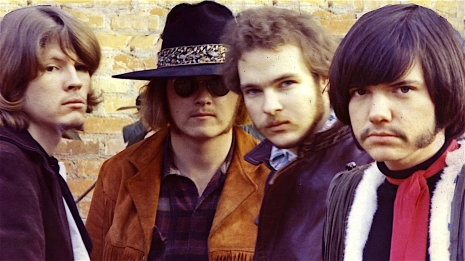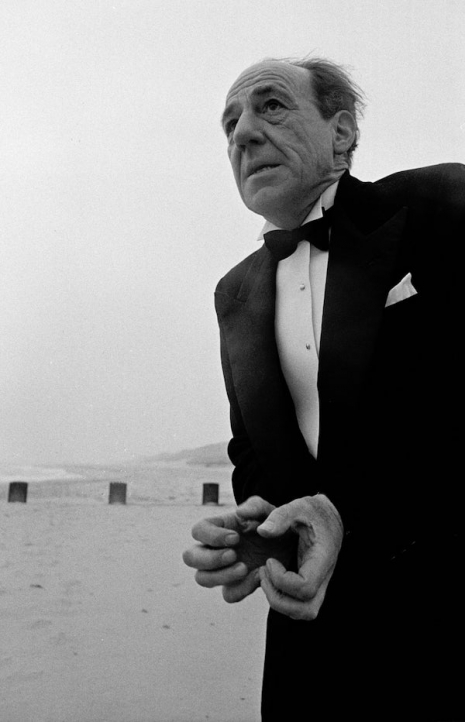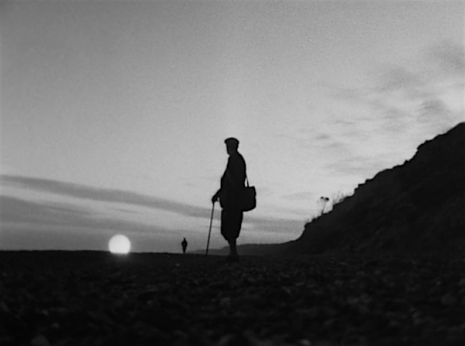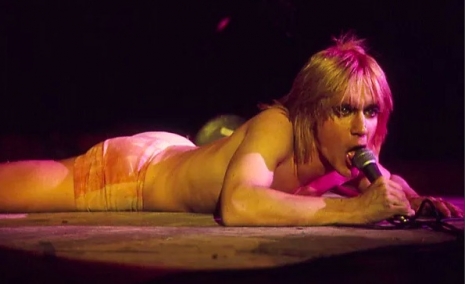
Iggy Pop making sure the stage doesn’t go anywhere at the Academy of Music on New Year’s Eve, 1973.
Before we delve too deep into what went down on Monday, December 31st, 1973 at the Academy of Music in New York City, there are a few essential things you should know about the show which almost didn’t include KISS. If you’re now shaking your head because the idea the audience in attendance that night would have been better off without seeing KISS, well, you’re entitled to that opinion. However, the fact of the matter is the show at the Academy of Music would mark KISS’s official “industry debut” and the first time they had played for a big crowd. It would also be the first of many times Gene Simmons would accidentally light his hair on fire while spitting fire on stage.
Until the day of the show, none of the other bands knew KISS would be playing with them that night. Initially, when ads for the show started popping up in the Village Voice, Iggy Pop & The Stooges were billed as the “special guest stars” of Blue Öyster Cult. This would change a few weeks later when New York all-girl band Isis was added to the roster, only to be dropped shortly after and replaced with another New York band, Teenage Lust. Still, there was no mention of KISS being a part of the fast-selling show, though their management team was busy creating the early image of KISS which would open the gig that night. In the book, KISS: Behind the Mask—Official Authorized Biography, KISS co-manager at the time Joyce Bogart and her then-husband, Neil Bogart (Bogart had just signed the band to his new label, Casablanca Records) were out raiding stores in the West Village such as sex shop the Pleasure Chest to find spiked dog collars for the band to wear onstage. They also hired a fashion designer to help create the leather clothing KISS would wear as conceived by the band, the Bogarts and KISS’s manager Bill Aucoin.
Now, let’s get to how things went down the night of the gig, starting with Iggy and The Stooges.
The Stooges had been touring non-stop in support of Raw Power since the end of March, almost always kicking off their set with the defiant song named for the album. As it was New Year’s Eve, people were dressed to impress—and for Iggy, this meant a pair of colorful hot pants and black knee-high boots.
Guitarist Ron Asheton hit the stage decked out in a questionable looking uniform. He opened the show by greeting the crowd in German—wishing them a Happy New Year. (Asheton, a fan of WWII collectibles, wore a Nazi Luftwaffe fighter pilot’s jacket (as the best man) to Iggy’s wedding to Wendy Weissberg, daughter of The Stooges’ Jewish manager). In their review of the show, Variety magazine had this to say:
“Iggy entered clad only in pink tie-dyed trunks and black boots. He gyrated, insinuated and sang up a storm.”
Other reports from the show note Iggy seemed to be especially slurry, and Melody Maker’s review of the night shaded Iggy calling his vocals “unintelligible.” At one point during the show, while introducing the band, Iggy rambled about having spent a week in San Francisco with a Transylvanian masseuse. Perhaps this is why, about half-way through the gig, Iggy ended up roaming around the crowd in front, thrusting his microphone in fans faces so they could sing the lyrics for him. According to one fan who was there that night, Iggy ended up getting thrown back onstage because he couldn’t figure out any other way to get back on it. If this wasn’t bad enough, rumors were circulating before the show that Iggy was going to off himself on stage at Madison Square Garden for a million dollars which had been offered to him by a local NY promoter. The notion of Iggy’s upcoming suicide-on-stage was disputed by Andy Warhol, but only because Andy was sure Iggy was going to do it at the Academy show on New Year’s Eve (noted in the 2009 book Your Pretty Face Is Going to Hell: The Dangerous Glitter of David Bowie, Iggy Pop, and Lou Reed). We all know Iggy didn’t off himself at the Academy of Music in 1973, but as far as the band’s record label Columbia was concerned, Iggy’s “performance” did kill their relationship with the band because the recording of the show was so off the rails they were not able to release it as a live album.
Very little footage of The Stooges antics from that night exists except for footage shot by Pop’s pal and future member of Patti Smith’s band (among many other things), Ivan Kral who was there with his Super 8 camera. Unfortunately, according to Kral, when the band kicked into “Raw Power” the crowd rushed the stage, and he and his camera ended up on the floor (which was covered in broken glass), trampled by unphased Stooges fans. After all this madness, it was finally time for BÖC, the headliners for this nutty night of New Year’s Eve rock and roll revelry, to take over.
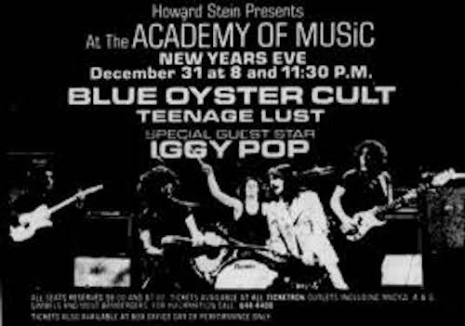
A print ad for the New Year’s Eve show at the Academy of Music in 1973. The addition of a second 11:30 p.m. late show was short-lived and never happened.
Like The Stooges, Blue Öyster Cult had released a new album in February—their second, the rather mysterious Tyranny and Mutation, with a little lyrical help from Patti Smith who was in a romantic relationship with BÖC co-founder Allen Lanier. Guitarist Buck Dharma was excited to play the venue saying that when you got to play the Academy, you realized you had a “certain draw of power there.” As you might imagine, by the time BÖC was ready to play, the crowd had seen a lot of crazy shit go down. Show supporters Teenage Lust didn’t even want to go on after KISS after seeing their set open with pyrotechnics and a massive Las Vegas-style sign displaying their name. According to Harold C. Black of Teenage Lust, the first words out of his mouth were, “OH FUCK,” after coming to terms with what he had just seen. But, BÖC had some wild plans of their own for their set and weren’t about to give the night up to KISS.
Presumably, after dining at Lüchow’s, a popular German restaurant near the Academy, BÖC asked the oom-pah band at the joint to join them onstage that night, which they did. Next, vocalist Eric Bloom rode a motorcycle out on stage and proceeded to make good on a promise to shave his beard in front of the audience. Lastly, a guy named Karl Burke, who happened to be working the backstage for the Academy that night, ended up standing by Buck Dharma when KISS came off the stage. As they passed by, Burke “chuckled” to which Dharma responded that he shouldn’t laugh because BÖC would probably be “opening for them soon.” Two years later to the date, Dharma’s vision of the future would turn out to be correct as BÖC opened for KISS at the Nassau County Veteran’s Coliseum in New York during the Alive! Tour. So what about the crowd’s reception to KISS, a band nobody in the venue had necessarily come to see that night?
KISS was added to the bill at the urging of Bill Aucoin and management types at Warner Brothers. However, for the show, the WB suits asked Aucoin to have KISS “take off their makeup” because they “didn’t believe in it.” Aucoin and the band told Warner Brothers to suck it and the makeup stayed on. After seeing KISS’s candle-lit set, Stooge James Williamson said he “didn’t really care” about them. His bandmate Scott Asheton disagreed, calling the band “pure entertainers who took no prisoners.” Melody Maker would refer to KISS as a “local glitter band” in their review, which appeared to be “cashing in” on the popularity of glam rock. The review in Melody Maker also reveals more details of Simmons’ accidental hair fire, sending a member of the audience to the hospital with burns on his head and face. To be fair to Simmons, he hadn’t really wanted to be the one to learn how to breathe/spit fire on stage and had volunteered by mistake. To help Simmons, Bill Aucoin, along with Neil and Joyce Bogart, brought in a local magician named Presto to teach Gene how to breathe fire (also noted in the KISS: Behind the Mask bio). His first attempt took place in Joyce’s office during which Simmons’ enthusiastic fire-spitting/breathing scorched her newly painted walls.
In their review of the show, Variety called KISS “ghoulish” giving them a rating of four out of ten. Though Variety wasn’t impressed by KISS, pretty much everyone one else at the show was, many of whom had no fucking idea who KISS was before that night. KISS brought something very different to the Academy during their historic 30-minute set, and it wouldn’t be long, as Buck Dharma predicted, before KISS would take over the world.
Below are loads of photos taken at the show, as well as some footage of The Stooges set shot by Ivan Kral, who, along with his camera, survived the night with only a few cuts and bloody footprints on his jacket.
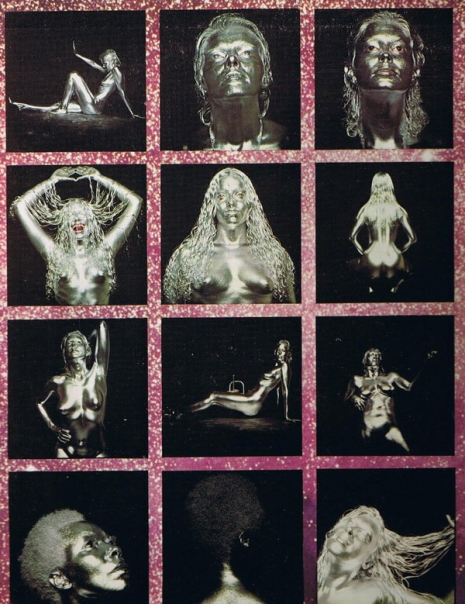
An image of the all-girl New York band, Isis from the back of their 1974 debut album, nude, covered in metallic body paint on the front and back cover. Isis were originally on the bill, but suddenly taken off for unknown reasons.
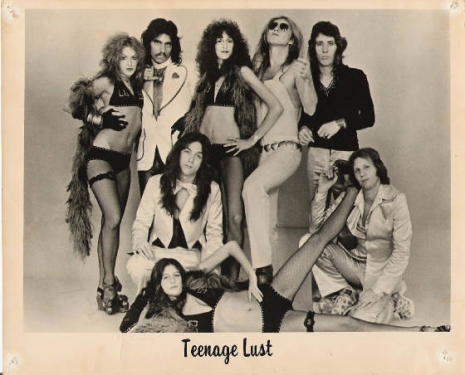
New York band Teenage Lust which had the misfortune of following KISS.

The Academy of Music’s marquee advertising the show, before the last-minute addition of KISS the day of the show.
More after the jump…
